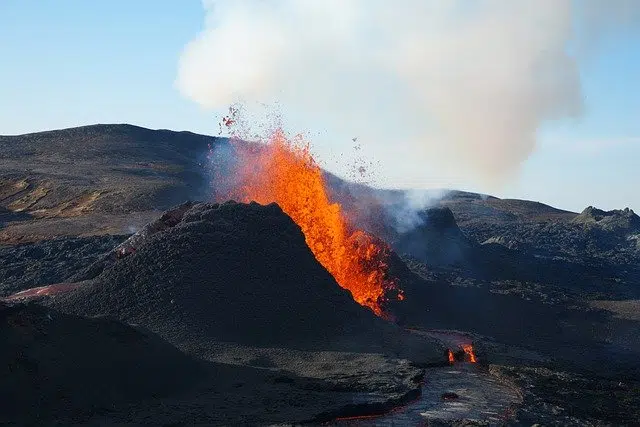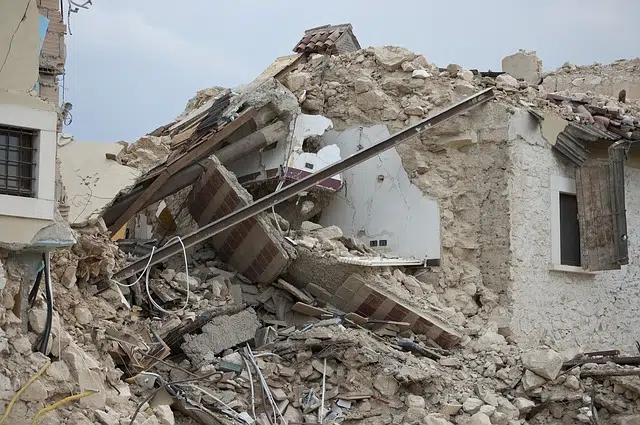
Endogenous processes, such as volcanism, originate deep within the Earth's crust.
The term process , which comes from the Latin word processus , can be used with reference to the set of stages or cycles of a certain operation or a natural phenomenon. Endogenous , meanwhile, is that which arises from within.
The idea of endogenous processes appears in the field of geology . These are geological processes that have their origin within the Earth's crust .
Most important endogenous processes
Volcanism (the activity of volcanoes), faulting (the fracture of the crust along with the displacement of one of the edges) and folding (the effect that is generated in the crust when rocks that are subjected to lateral pressure move) are the most relevant endogenous processes. These events are mainly responsible for the characteristics of the Earth 's relief.
It is important to keep in mind that endogenous processes depend on forces inherent to the planet. The influence of the outside, in this framework, is very limited. The displacement of the Earth's crust, volcanic activity and earthquakes are caused by these types of processes.
Volcanism
It is a phenomenon that consists of the eruption of magma (also known as molten rock ) on the Earth's surface or on another celestial body whose surface is also solid. During this process, the volcano's gases, lava, and pyroclastics pass through a rupture called a vent .
For this endogenous process to take place, it is necessary that the gravitational effects that arise from deposition, erosion and other changes that take place on the surface, together with thermal convection currents, cause the movement of the molten rock. The characteristics of the magma determine the type of volcano that forms once it reaches the surface; For example, if it is thick, it produces explosive eruptions; if liquid, one of effusive eruptions.
Failure
The second of the endogenous processes that we mentioned above is faulting , a fracture that is usually flat and that occurs due to horizontal thrusts, gravity and other tectonic stresses acting on the crust.
The part in which the rupture occurs has a clearly distinguishable surface and is called the failure plane . If the deformation and fracture exceed a certain width, it is usually called a failure band .
Folding
The rocks that are involved in this endogenous process are usually sedimentary, that is, they were formed by the accumulation of sediments , which arise from particles of various sizes that are carried by water, wind or ice. The external appearance presents us with certain extensive undulations, whose directions are relatively parallel.
Folding takes place due to compression stresses that affect certain rocks but fail to break them . In fact, if they break them, we must talk about the previous process, the failure. In addition to lateral forces, this phenomenon can occur due to vertical forces, when subudction (the sinking of one plate of the lithosphere beneath another) produces uplift.

Earthquakes are caused by endogenous processes.
How they arise
Regarding the emergence of endogenous processes, it should be mentioned that they are usually due to the thermal energy that is present in the crust and the mantle . In turn, thermal energy is produced by gravitational differentiation and the disintegration of radioactive substances.
It should be noted that, just as endogenous forces cause inequalities on the planet 's surface, exogenous forces tend to reduce or eliminate them. The characteristics caused by endogenous forces are always modified by the actions of exogenous forces.
